Yoga For Tight Muscles and Pain: How It Works
Stiffness has various causes, including strains, injuries, and health problems. When it occurs, you lack the flexibility required for even simple tasks without risking discomfort. Luckily, regular yoga sessions can eliminate tight muscles and pain, allowing you to continue your routine.
Depending on the cause of the stiffness, physical therapy may be recommended. It includes safe exercises targeting the affected areas, guided by a trained therapist. Yoga, stretches, and other exercises may also reduce tightness and increase strength and range of motion. Your doctor or therapist will discuss safe options and offer guidance on which is best for your condition.
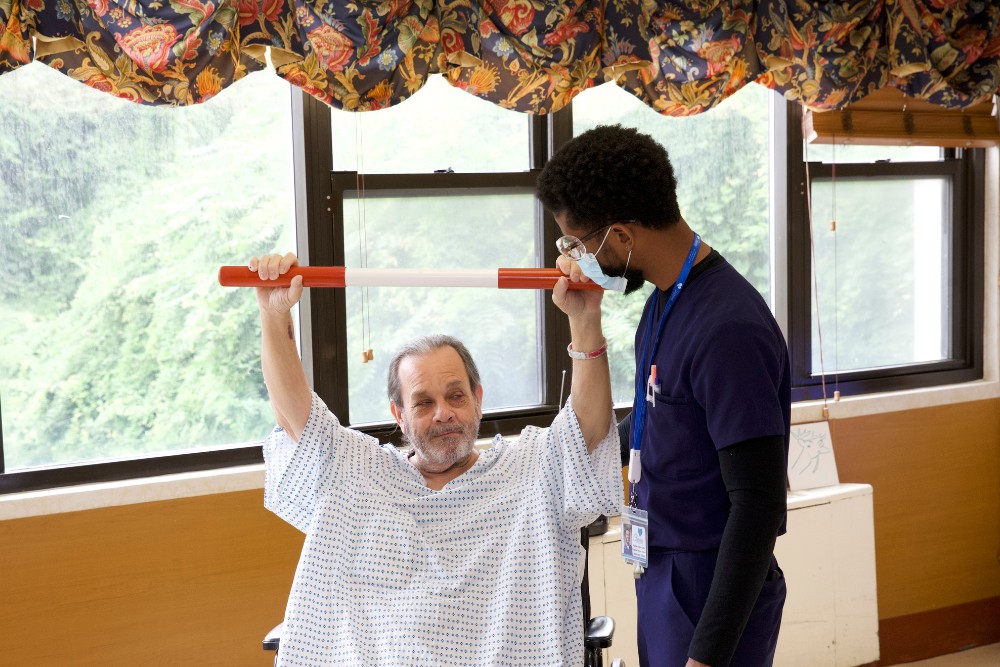
Yoga or chair yoga can do wonders but practicing regularly is important for it to effectively help with tight muscles and pain. Consistent practice allows the body to gradually adapt and improve flexibility, strength, and muscle relaxation over time. Occasional sessions can provide temporary relief, but regular yoga builds long-term muscle balance, better posture, and sustained pain reduction.
How Can Yoga Help with Tight Muscles?
Muscle stiffness isn’t usually a cause for concern. Weird sleeping positions, taxing workouts, or too long sitting could cause tightness. It may also be a symptom of insect bites, dehydration, sprains, or medications. Even a few medical conditions could contribute, like meningitis, lockjaw, or AIDS, but these are rare afflictions.
Since yoga involves stretching the body in various poses, it benefits those with tight muscles. Unlike regular exercise, yoga combines breathing techniques and slow, gentle movements and holds. The combination improves both body and mind, allowing you to relax the muscles while calming those intrusive thoughts.
The slow, measured breathing during yoga improves nervous system functions. Deep breathing increases the oxygen supply in the blood. The lowered heart rate brings fully oxygenated blood to the muscles, keeping them at optimal performance. Such relaxed movements help you sleep, giving your muscles time to rest and heal.
The poses used during yoga practice improve flexibility. You slowly push the muscles with each session, allowing them to stretch further without injury or pain. Joint range of motion also increases, so you can extend the body further while holding each pose.
Some evidence shows yoga is especially helpful with tight back muscles. Lower back pain is common in older adults, who may be unable to perform strenuous exercises. These muscles support the spine, so improving strength and flexibility increases stability and balance.
Yoga reduces stress
The human body can handle the strain of stress for short periods. But when we’re dealing with chronic stress, the negative effects cause several problems. It causes rapid breathing, increased heart rate, high blood pressure, and reduced immune function.
Constant stress also causes problems with the musculoskeletal system. During a panic response, every muscle tenses up and then loosens as you relax. The more often you feel stress, the more your muscles react, causing tightness during short stress-free periods.
To treat tight muscles caused by stress, yoga is often recommended. Yoga uses breathing and mindfulness techniques to calm the mind and body simultaneously. During sessions, you’re advised to clear your head and focus on your body, reducing stress and loosening those stiff muscles.
Studies have shown that yoga practices increase positive emotions while reducing negative thoughts. It also helps with mental balance and improves psychological conditions, including stress, anxiety, and depression. The better your mood, the more equipped you are to deal with stressful situations as they arise.
Yoga helps alleviate tight muscles and pain by promoting flexibility, improving blood circulation, and releasing tension in the body through a combination of stretching, breathing, and mindful movement. Yoga poses target specific muscle groups, gently lengthening and strengthening them, which reduces tightness and enhances range of motion. Deep breathing during yoga increases oxygen flow to muscles, aiding in relaxation and faster recovery. Additionally, yoga activates the parasympathetic nervous system, reducing stress-related muscle tension. Over time, regular practice can help correct muscle imbalances, improve posture, and provide long-term relief from chronic pain.
It also helps maintain mobility and prevents muscles from tightening up again. The cumulative benefits of yoga for tight muscles – improved circulation, increased body awareness, and reduced stress – are most effective when yoga becomes part of a routine.
Resources:
- Cleveland Clinic, Muscle Stiffness
https://my.clevelandclinic.org/health/symptoms/25147-muscle-stiffness - Mayo Clinic, Stretching: Focus on flexibility
https://www.mayoclinic.org/healthy-lifestyle/fitness/in-depth/stretching/art-20047931 - Mayo Clinic News Network, Sept. 11, 2022, Mayo Clinic Q and A: What’s the benefit of yoga?
https://newsnetwork.mayoclinic.org/discussion/mayo-clinic-q-and-a-whats-the-benefit-of-yoga/ - Harvard Health Publishing, April 11, 2021, The safe way to do yoga for back pain
https://www.health.harvard.edu/staying-healthy/the-safe-way-to-do-yoga-for-back-pain - American Psychological Association, March 8, 2023, Stress effects on the body
https://www.apa.org/topics/stress/body - NCBI, Feb. 21, 2018, The Effect of Yoga on Stress, Anxiety, and Depression in Women
https://www.ncbi.nlm.nih.gov/pmc/articles/PMC5843960/
This article contains informational and educational materials and does not replace health or medical advice. For questions or concerns regarding your medical condition or health objectives, speak to a qualified physician or healthcare provider.

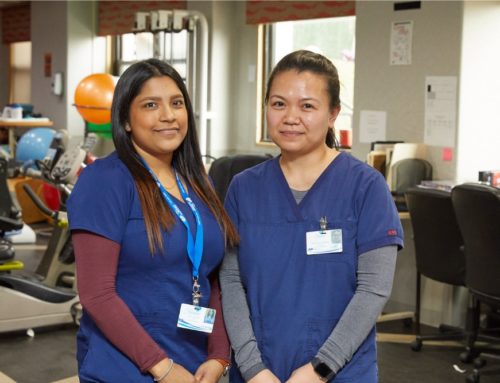
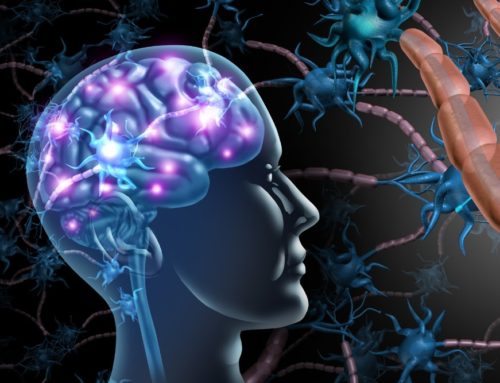
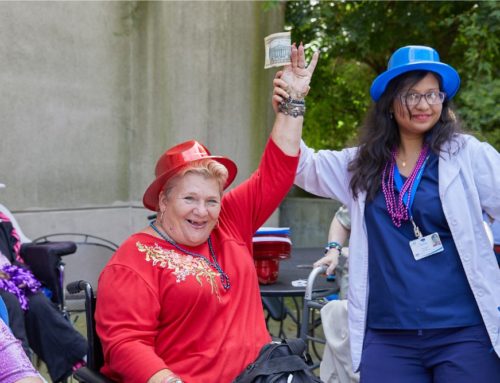
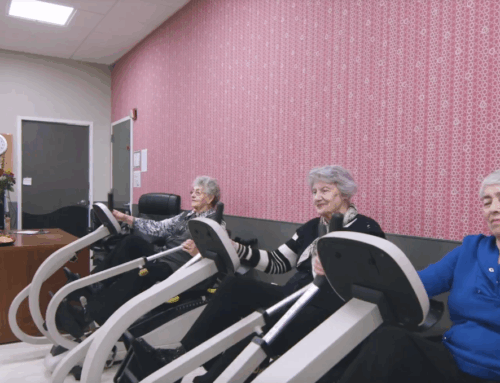
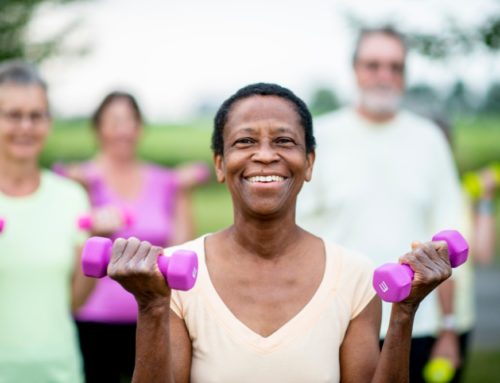
Leave A Comment